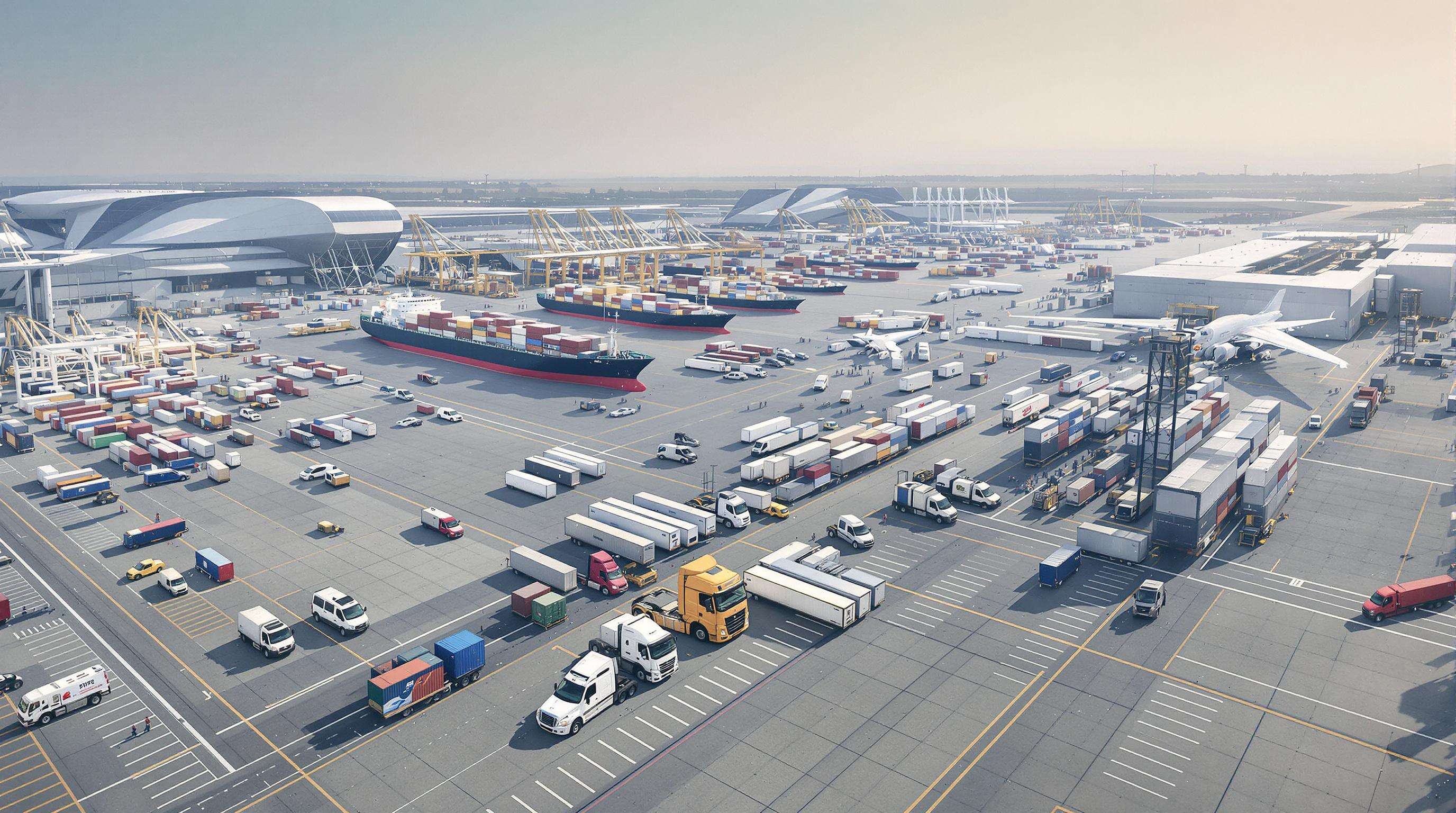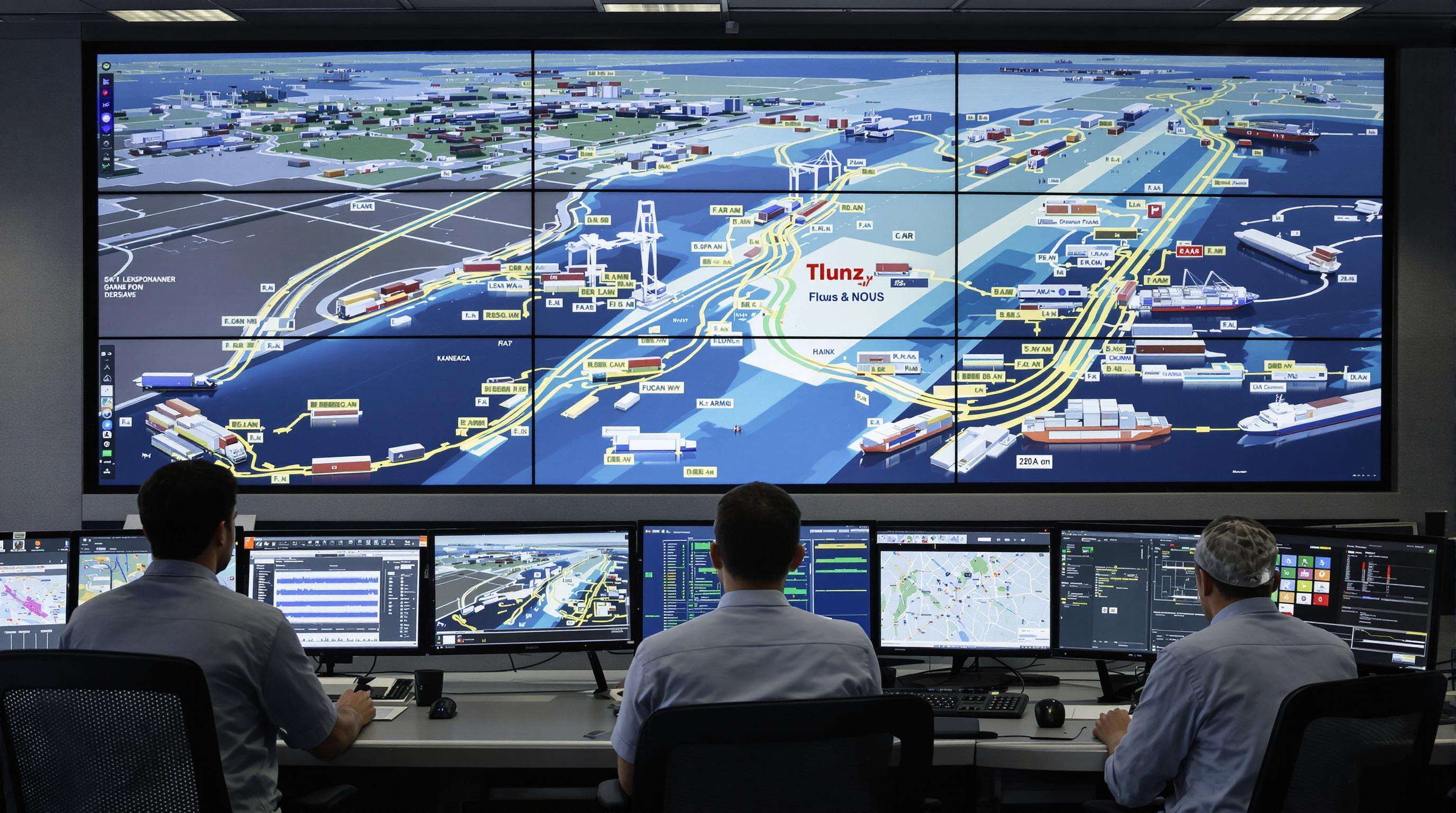
Multimodal transport combines road, rail, maritime, and air freight under a single contract managed by a Multimodal Transport Operator (MTO). This integrated approach streamlines documentation through tools like the Multimodal Bill of Lading (MBL), which consolidates liability and reduces administrative overhead.
Effective coordination relies on three pillars:
The single-contract structure centralizes legal liability with the MTO, simplifying compliance with international conventions like CMR (road) and Hague-Visby Rules (maritime). Standardized contracts reduce legal review costs by 28% while improving claim resolution speeds, according to industry analyses.
Coordinating multiple carriers introduces challenges like:
A 2024 logistics survey revealed 67% of operators experience delays from modal interface friction, driving demand for API-enabled Transportation Management Systems (TMS) that harmonize carrier communications.

Combining maritime and air transport creates hybrid solutions that compress delivery schedules. For time-sensitive shipments, moving goods via ocean freight for transcontinental legs followed by air transport for final distribution reduces total transit time by 30-40% compared to all-sea routes.
Rail-truck hybrids enable precise inventory control through predictable transit schedules, reducing warehouse overstocking by 23% compared to road-only systems.
| Metric | Multimodal Systems | Single-Mode Systems |
|---|---|---|
| Inventory Turnover Rate | 8.7x/year | 6.2x/year |
| Safety Stock Requirements | 18% lower | Baseline |
IoT sensors enable dynamic reconfiguration of transport modes during transit. Recent implementations show IoT-enhanced networks achieve 97.3% on-time delivery rates versus 89.1% in conventional systems.
Blockchain technology enables secure, transparent data sharing across carriers by creating immutable transaction records. This decentralized approach eliminates disputes over delivery timelines or cargo conditions, particularly valuable for cross-border shipments.
Modern TMS leverage machine learning to analyze historical traffic patterns, reducing manual route planning time by 75% while improving on-time delivery rates by 12-18%.
By applying predictive analytics to historical shipment data, operators forecast demand spikes with 89% accuracy, optimizing container allocations across transport modes.
Transport planners lower fuel usage 18-22% by sequencing modes based on energy efficiency ratios. Maritime-rail combinations move 76% of long-haul cargo, reserving trucks for final deliveries.
Intermodal coordination reduces port storage fees by 15-30% through synchronized arrivals, avoiding daily demurrage charges that average $240 per container.
Combining Less-Than-Truckload (LTL) shipments into full container loads reduces handling costs by 25-40% and improves container space utilization to 92%.
Shifting freight from trucks to rail or barge reduces CO₂ emissions by up to 75% for equivalent distances, while cutting fuel consumption by 40% per ton-mile.
Real-time routing systems reduce urban freight emissions by 22% by minimizing idling and unnecessary detours.
Machine learning models prevent 28% of unplanned vehicle breakdowns, reducing highway idling emissions by 18%.
Autonomous delivery vehicles achieve 22% faster urban delivery cycles compared to traditional methods by optimizing paths using real-time traffic data.
Hyperloop systems are emerging as high-speed connectors between freight corridors, potentially reducing regional logistics carbon emissions by 34%.
Multimodal transport involves the use of different transportation modes (road, rail, maritime, and air) under a single contract managed by a Multimodal Transport Operator to streamline logistics processes.
The MBL consolidates liability and replaces multiple contracts, significantly reducing administrative overhead and processing times.
IoT facilitates real-time shipment tracking and enables dynamic mode switching, improving delivery reliability and operational efficiency.
Blockchain ensures secure and transparent data sharing across carriers by creating immutable transaction records, minimizing disputes and delays.
 Hot News
Hot News2024-11-15
2024-11-11
2024-11-06
2024-10-31
2024-10-28
2024-10-25